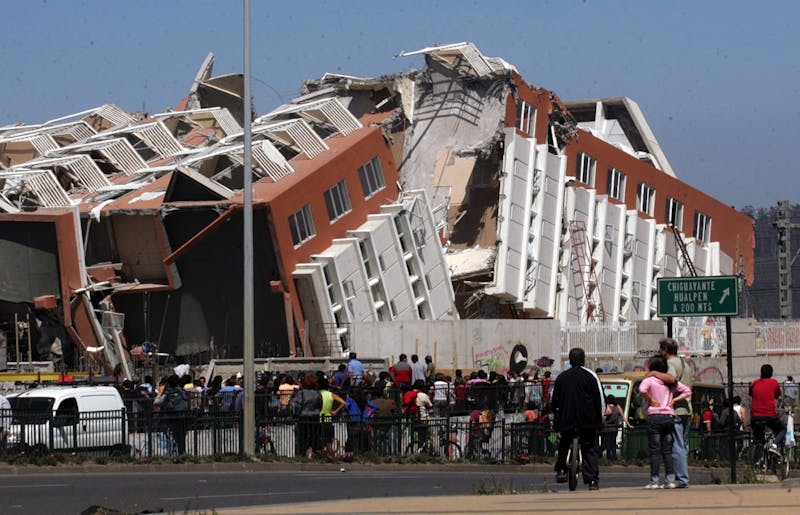With the recent earthquakes in Southern California and the 8.0 magnitude earthquake in Chile, we got to thinking - would you know what to do in the event of a serious earthquake? Unlike many other natural disasters, earthquakes often have no forewarning; their onset is sudden and in some cases, life-altering.
How can you be prepared for an earthquake?
- Become aware of fire evacuation and earthquake safety plans for all of the buildings you occupy regularly.
- Pick safe places in each room of your home, workplace, and/or school. A safe place could be under a piece of furniture or against an interior wall away from windows, bookcases, or tall furniture that could fall on you.
- Practice “drop, cover, and hold on” in each safe place. If you do not have sturdy furniture to hold on to, sit on the floor next to an interior wall and cover your head and neck with your arms.
- Keep a flashlight and sturdy shoes by each person’s bed in case an earthquake strikes in the middle of the night.
- Make sure your home is securely anchored to its foundation.
- Bolt and brace water heaters and gas appliances to wall studs.
- Bolt bookcases, china cabinets, and other tall furniture to wall studs.
- Hang heavy items, such as pictures and mirrors, away from beds, couches, and anywhere people sleep or sit.
- Brace overhead light fixtures.
- Install strong latches or bolts on cabinets. Large or heavy items should be closest to the floor.
- Learn how to shut off the gas valves in your home and keep a wrench handy for that purpose.
- Learn about your area’s seismic building standards and land use codes before you begin new construction.
- Keep and maintain an emergency supply kit in an easy-to-access location.
What do I put in my emergency kit?
- Water—one gallon per person, per day (3-day supply for evacuation, 2-week supply for home)
- Food—non-perishable, easy-to-prepare items (3-day supply for evacuation, 2-week supply for home)
- Flashlight
- Battery-powered or hand-crank radio (NOAA Weather Radio, if possible)
- Extra batteries
- First aid kit
- Medications (7-day supply) and medical items
- Multi-purpose tool
- Sanitation and personal hygiene items
- Copies of personal documents (medication list and pertinent medical information, proof of address, deed/lease to home, passports, birth certificates, insurance policies)
- Cell phone with chargers
- Family and emergency contact information
- Extra cash
- Emergency blanket
- Map(s) of the area
*Preparedness tips and emergency kit info originally sourced on redcross.org
